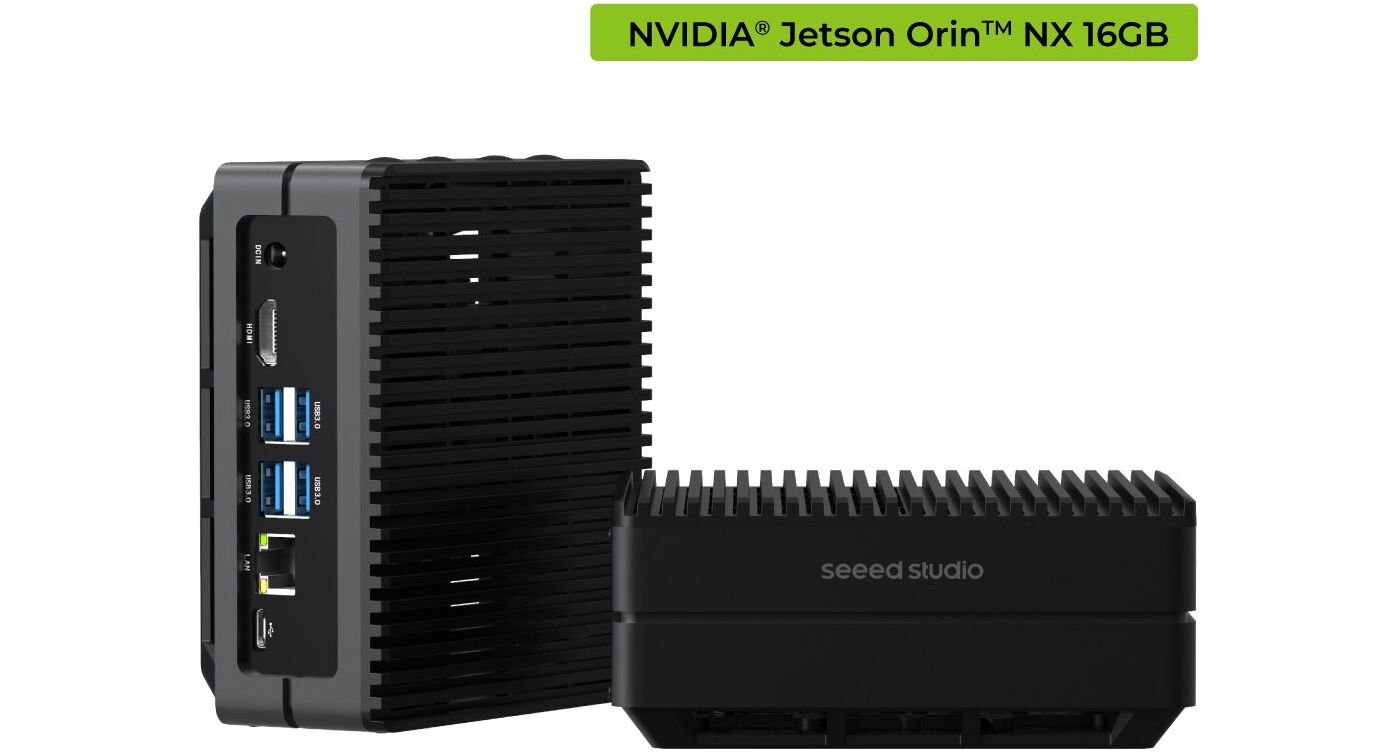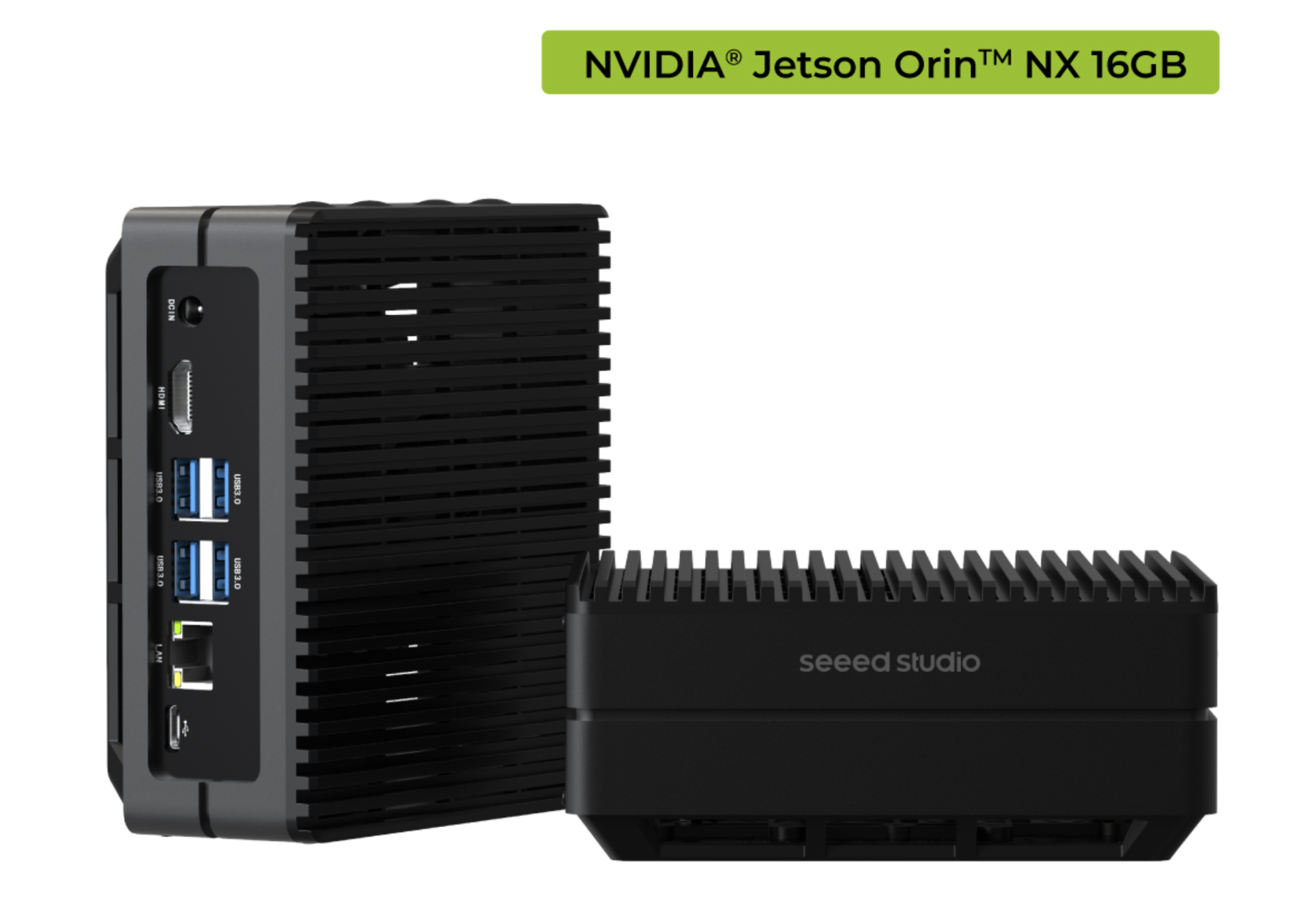How to Use NVStreamer for RTSP Streaming on reComputer with Jetson Platform Services
Introduction
NVStreamer is a software developed by NVIDIA that can store and serve video files, which can then be streamed using the RTSP protocol. It is particularly useful for testing with VST, as it provides an alternative method to cameras for creating video sources as input for VST. Specifically, it offers a mechanism to use specific video files as input for VST testing. VST can be configured to receive RTSP streams as if they were coming from ONVIF-S cameras.
This wiki provides a tutorial on how to use NVStreamer for RTSP video streaming on reComputer J4012.

Prerequisites
Before proceeding with the setup process, please ensure that your system meets the following prerequisites:

-
A reComputer J4012 Orin NX 16G running Ubuntu
22.04orlater. -
The Linux system must have sufficient available space to store the video files you will be serving (typically several hundred GB).
-
Driver Version:
535.113.01, Jetpack6.0and CUDA Version:12.2. -
Make sure that
JetPackand the relatedJetson servicespackages are installed.sudo apt-get install nvidia-jetpack
sudo apt install nvidia-jetson-services
Getting Started
Installation and Startup
Step 1: Download the application package nvstreamer-1.1.0.tar.gz from NGC to your Jetson using this link: NGC Reference Workflow and Resources. You will need to enter your NGC credentials. On the page, use one of the options available in the Download menu (top right corner):
tar -xvzf nvstreamer-1.1.0.tar.gz
Step 2: Run the following commands to increase the operating system socket buffer size. This is to avoid packet loss in cases of videos with high bit rates or large IDR frames. Without increasing these buffer sizes, you may sometimes see blocky artifacts in a few video files:
sudo sysctl -w net.core.wmem_max=2000000
sudo sysctl -w net.core.rmem_max=2000000
Step 3: Start NVStreamer using the following command line:
cd nvstreamer
sudo docker compose -f compose_nvstreamer.yaml up -d --force-recreate
To terminate the NVStreamer instance, use the following command:
cd nvstreamer
sudo docker compose -f compose_nvstreamer.yaml down --remove-orphans
Upload Video to NVStreamer
Step 1: Open a web browser (we recommend using Chrome) and navigate to this address (on the same system or another system on the same network).
http://[reComputer-IP]:31000

Step 2: Select File Upload and choose the video disk file you want to test as a camera (supported codecs: h264/h265, containers: mp4/mkv). Drag and drop it into the indicated area. If the video file contains B-frames, NVStreamer will automatically transcode the file, which may take a few minutes depending on the file size.

Step 3 Once the file is successfully uploaded, a green progress bar in the bottom left corner will complete, indicating the end of the upload process. Then, the transcoding process will begin. After completion, the file name will be displayed in gray, and an RTSP stream with the file name will be automatically created.

The RTSP streaming tutorial ends at this step. Copy or note down the RTSP address (including "rtsp://"; make sure there are no spaces before it). You will need to enter this address into another user interface discussed in the next step.
Adding RTSP Stream to VST
Step 1: Access VST web server here: http://[JETSON-IP]:30080/vst/, (Note: HTTP, not HTTPS) where [JETSON-IP] is the IP address of the Jetson device on which you are running the docker container.
You will see a UI similar to this:

-
If it fails to start, enter the following in the terminal:
sudo systemctl start jetson-ingress
sudo systemctl start jetson-monitoring
sudo systemctl start jetson-sys-monitoring
sudo systemctl start jetson-gpu-monitoring
sudo systemctl start jetson-redis
sudo systemctl start jetson-vst
Step 2: Click the Camera Management tab and Click on RTSP, paste the RTSP address copied from NVStreamer UI to rtsp url box. Fill location and name fields with the same string (it will become the camera name) and hit Submit.

Step 3: You can now click on Streams tab to see the file.

More Details
- NVStreamer on Jetson Orin: https://docs.nvidia.com/moj/nvstreamer/moj-nvstreamer.html
Tech Support & Product Discussion
Thank you for choosing our products! We are here to provide you with different support to ensure that your experience with our products is as smooth as possible. We offer several communication channels to cater to different preferences and needs.